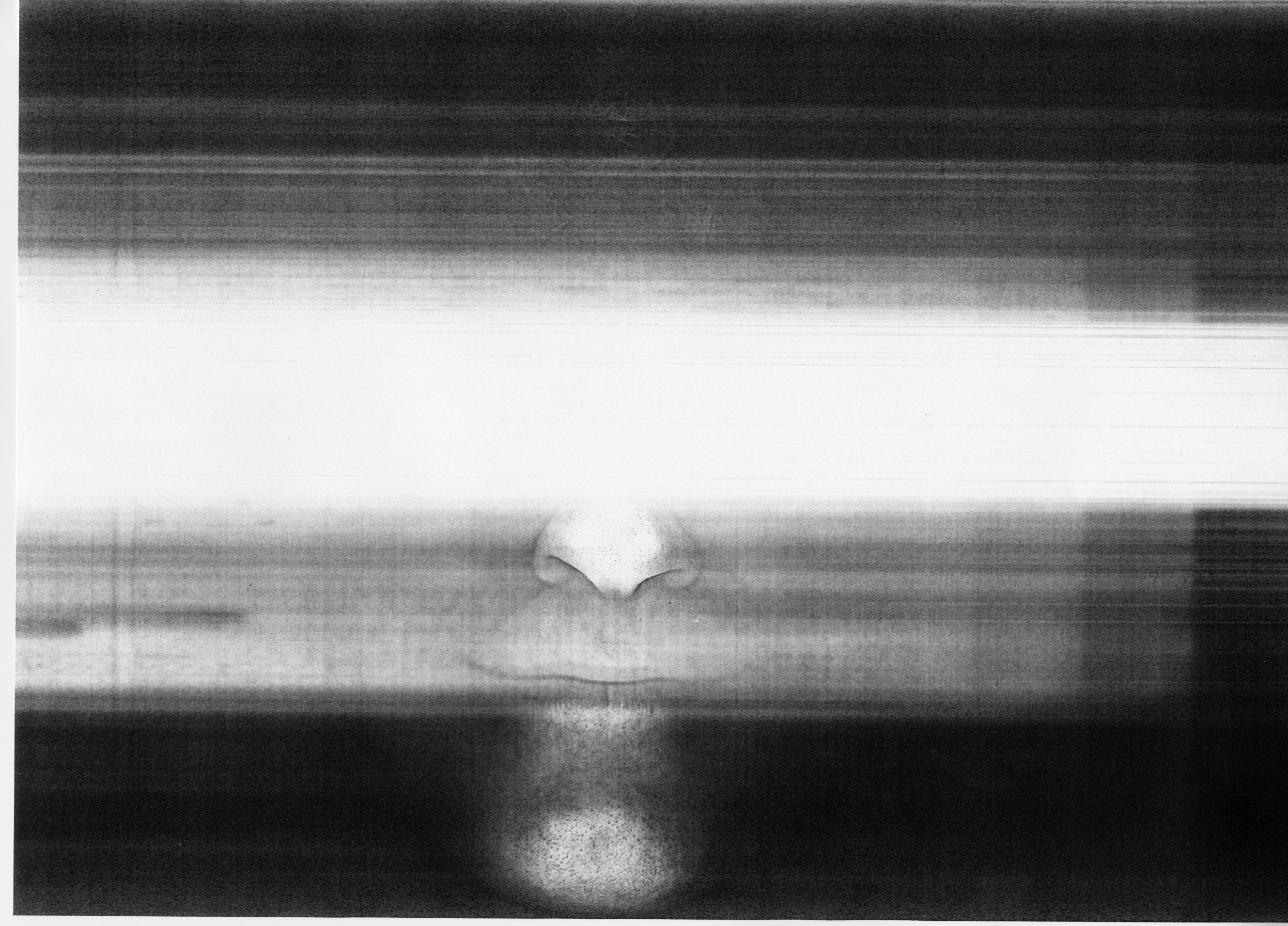Tiny Eggs and Mites: Wood mites lay their eggs on the surface of the wood, which can appear as small, white specks or patches. After hatching, the mites themselves can be seen as tiny, beige or brown-colored insects that are barely visible to the naked eye.
Tiny Holes and Burrows: As wood mites feed on the sap and debris within the wood, they create small holes and burrows. These can be seen as fine lines or dots on the surface of the wood.
Discoloration: Prolonged infestation by wood mites can cause the wood to discolor or darken. This is due to the accumulation of mite waste and debris within the wood.
Musty Odor: Wood mites produce a musty or earthy odor that can be detected by people sensitive to it. This smell can be a strong indicator of an infestation.
Powdery Residue: Some species of wood mites produce a powdery residue as they eat the sap within the wood. This can be seen as a fine, white powder on the surface of the wood.
Types of Wood Mites:
 Monitor Temperature: Monstera prefer temperatures between 65-75°F (18-24°C) and high humidity.
Monitor Temperature: Monstera prefer temperatures between 65-75°F (18-24°C) and high humidity.
Provide Proper Light: Ensure your Monstera receives bright, indirect light, avoiding direct sunlight that can cause scorching.
Water Wisely: Avoid overwatering, as this can lead to root rot and other issues.
Prune Regularly: Prune your Monstera regularly to maintain a healthy shape and encourage new growth.
By following these steps and tips, you’ll be able to create a stunning display of your Monstera on a moss pole, adding a touch of tropical elegance to your indoor space.
If you adored this article and you would certainly such as to obtain more facts relating to dayton ohio planting zone kindly visit our web-page. For those who prefer a more natural approach, there are several alternatives that can be used to kill wood mites. Essential oils, such as tea tree oil, lavender oil, and eucalyptus oil, have been shown to repel and kill wood mites. These oils can be mixed with water and applied to wood surfaces using a spray bottle. Diatomaceous earth, a non-toxic, organic powder, can also be used to kill wood mites. The powder works by dehydrating mites and causing them to die.
Research has shown that mites can compromise the strength and durability of wood through various mechanisms. For instance, their burrowing activities can create microscopic cracks and fissures, which can eventually lead to the development of larger faults and structural weaknesses. Moreover, mites secrete enzymes that break down wood fibers, accelerating the decay process and reducing the material’s resistance to water and moisture.
Zoysia japonica: Native to Asia, this species is known for its drought tolerance and low-maintenance requirements.
Zoysia matrella: Originating in Australia, this species is more shade-tolerant and resistant to pests and diseases.
Zoysia tenuifolia: Native to Southeast Asia, this species is renowned for its fine texture and ability to thrive in full sun to partial shade.
In Conclusion
Promotes Healthy Growth: By providing support for the plant’s aerial roots, you encourage healthy growth and development, preventing the roots from circling the pot.
Improves Air Circulation: A moss pole allows for better air circulation around the plant, reducing the risk of fungal diseases that thrive in humid environments.
Enhances Aesthetics: The vertical growth pattern of your Monstera creates a stunning visual display, adding a touch of tropical elegance to your indoor space.
Increases Photosynthesis: By exposing more leaves to sunlight, a moss pole enhances photosynthesis, promoting healthy plant growth and development.
Choosing the Right Equipment
Wood mites are tiny, nuisance insects that feed on the sap and debris found in wood products. They are known to infest various types of wood, including furniture, flooring, and wooden structures. While they may seem harmless, wood mites can cause significant damage to the integrity of the wood, leading to discoloration, cracks, and even the spread of other pests. In this article, we will explore the common signs of wood mite infestations and provide guidance on how to identify and manage them.
One of the simplest and most effective methods to eliminate wood mites is physical removal and cleaning. Vacuuming wood surfaces with a gentle suction setting can help remove mites and their eggs. A soft-bristled brush or a cloth can be used to gently sweep away wood mites and their webbing. It is essential to wear a dust mask when cleaning to prevent inhaling mite allergens.
Prepare Your Monstera: Before attaching your Monstera to the moss pole, make sure the plant is healthy and has at least two to three sets of leaves. If your Monstera is still small, you can train it on a totem or moss pole.
Soak the Moss: Submerge the moss in a bucket of water or a large container to rehydrate it. Make sure the moss is completely saturated but not waterlogged.
Wrap the Moss Pole: Begin by wrapping the moss pole with a thin layer of moss, overlapping the moss as you go to create a dense, even surface.
Secure the Moss: Use twine, wire, or plant clips to secure the moss to the moss pole. Make sure the moss is firmly attached and won’t come loose over time.
Plant Your Monstera: Gently remove your Monstera from its pot and carefully place the roots in the moss. Make sure the plant’s growth node (where new leaves emerge) is about 2-3 inches above the moss.
Tie the Stems: Use your chosen ties or wire to gently tie the stems of your Monstera to the moss pole, about 1-2 inches above the growth node. Make sure not to constrict the stems.
Water and Provide Support: Water your Monstera thoroughly and provide support as it grows, adjusting the ties or wire as needed.
Tips and Precautions
